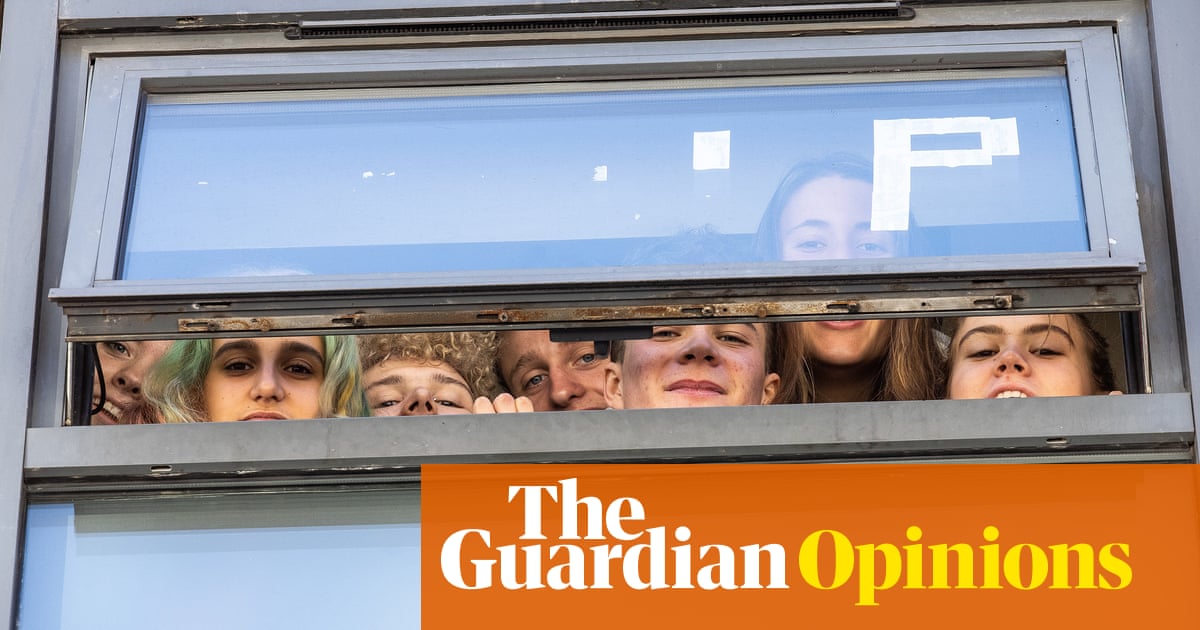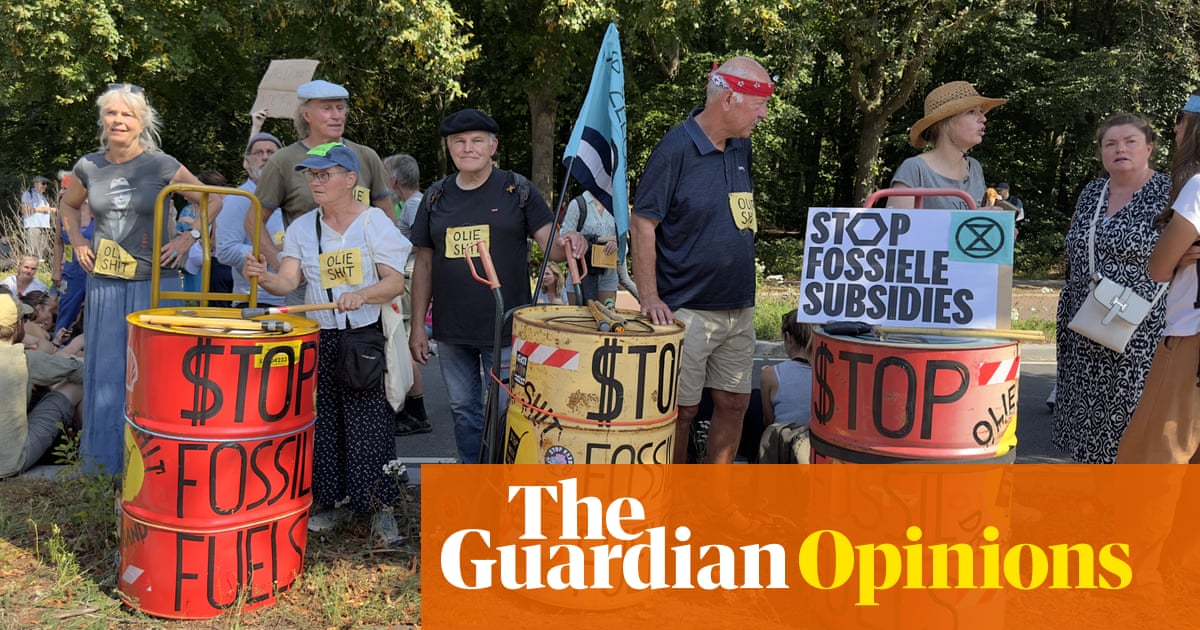
t’s half past midnight on my last night shift of 2020, the working year I’ll never forget. We’re sat in our ambulance outside A&E with a patient with Covid symptoms, waiting for an isolation cubicle, and we’ve been here for almost three hours.
I keep apologising: the patient smiles graciously, tells us it’s not our fault, makes a joke about her nasal oxygen cannula being like a moustache. A doctor has been out to speak to her, and a nurse has taken bloods, both in the back of the ambulance. Other crews arrive and join the queue. At one point, four ambulances on blue lights appear within 10 minutes; their patients will take precedence since they require immediate care. Yet even these patients are being assessed in the ambulances initially because space inside the hospital is so limited.
Every so often, our radio dispatcher reminds us about the backlog of calls waiting across our area. There are patients with time-critical problems – strokes, heart attacks, severe breathing difficulties – and in these instances, the delay in response might be catastrophic. Until we can offload our current patient, however, there’s nothing we can do. We’re stuck here waiting – frustrated, drained, powerless to help. This is our new routine.
As infections have rocketed and Covid-related deaths have begun to follow suit, I’ve witnessed from the inside a health service under unsustainable pressure – a pressure that, at least in the short term, will only get worse. What’s concerning is the increase in patients now requiring hospital. With cases still rising, and the lag between transmission and peak symptoms, it’s hard to see how the demand will be met in the coming weeks.
Our role in the emergency ambulance service has once again become a tougher, more streamlined version of its normal self. Like canaries in a mine, we’re sent into corona-filled environments. We put on our PPE and assess patients to determine where they sit on the Covid spectrum. Some we leave at home with self-care advice; others we transport to hospital for supplemental oxygen. In the most serious cases, we give the hospital advance warning and they search for a space where they can administer high-level interventions such as CPAP (continuous positive airway pressure) or ventilator support. When we’ve finished with each patient we remove our PPE and clean, clean, clean.
Recently we’ve been to many patients who have almost certainly contracted the virus through household-mixing. Incredibly, we’re still going to people who are socialising outside their households, confirmed Covid-positive patients who need to be told to wear a mask, and individuals with week-long symptoms who haven’t got themselves tested yet and don’t seem to have heard of self-isolation. After the year we’ve had, and everything we know about the virus, this is the most demoralising aspect of the whole process.
The question I’m asked most often is how the current crisis compares with last spring. The simple answer is: it’s worse. True, we have a better understanding of how the virus is spreading – yet we seem to have missed the opportunity afforded by that knowledge to get ahead of transmission and intervene decisively. There was a distinct change of atmosphere three weeks ago, when things suddenly seemed to slip out of control, so why has the response been so delayed?
There is now a sense of fatigue among staff. Sickness rates are high and there’s little appetite to work extra shifts, even at enhanced rates. During the first wave, I remember feeling energised by having a clear sense of purpose – the intrinsic momentum that comes from being needed. This time around, after a year that’s been physically and emotionally exhausting, I just feel spent. There’s now a genuine fear among my colleagues about what’s coming next, and the psychological effects of this are starting to show.
Most disheartening for me is the lack of solidarity, in some quarters if not all. Don’t worry; I’m not asking for applause. I’d settle for a return to the sense of apprehension that characterised the early stages of the first lockdown, and the helpful constraint it had on people’s behaviour. I never expected to feel nostalgic about those strange days, but how relieved I’d be to return to their empty streets now. The full lockdown may have been a brutal instrument, but within a fortnight of its imposition, ambulance call rates began dropping, and we started to move back towards a measure of control. The metaphor I’d use would be of a dam: imposing, unapologetic and not without unwelcome consequences. But decisively effective.
Unfortunately, the current situation feels much more porous. This is not just the result of a lack of political strategy; it’s about a failure of personal responsibility and the effects that individual actions can have at a communal, societal level. Every time someone socialises outside their household, or visits a relative, or has a friend round, it’s as if they’re drilling a hole in the dam. Just a small hole: what difference could one visit make? But if enough people drill enough holes, what you’re left with is not a dam, but a colander – and a health service that simply cannot cope.
All these thoughts go through my mind as we wait with our patient, feeling guilty that with so much work out there, we’re unable to contribute. Then, seemingly from nowhere, there’s a space. We take our patient inside, transfer her to a hospital bed and plug in the oxygen. We return to the ambulance and clean everything in sight. Then we push the button to make ourselves available and get ready to do the whole thing again.












